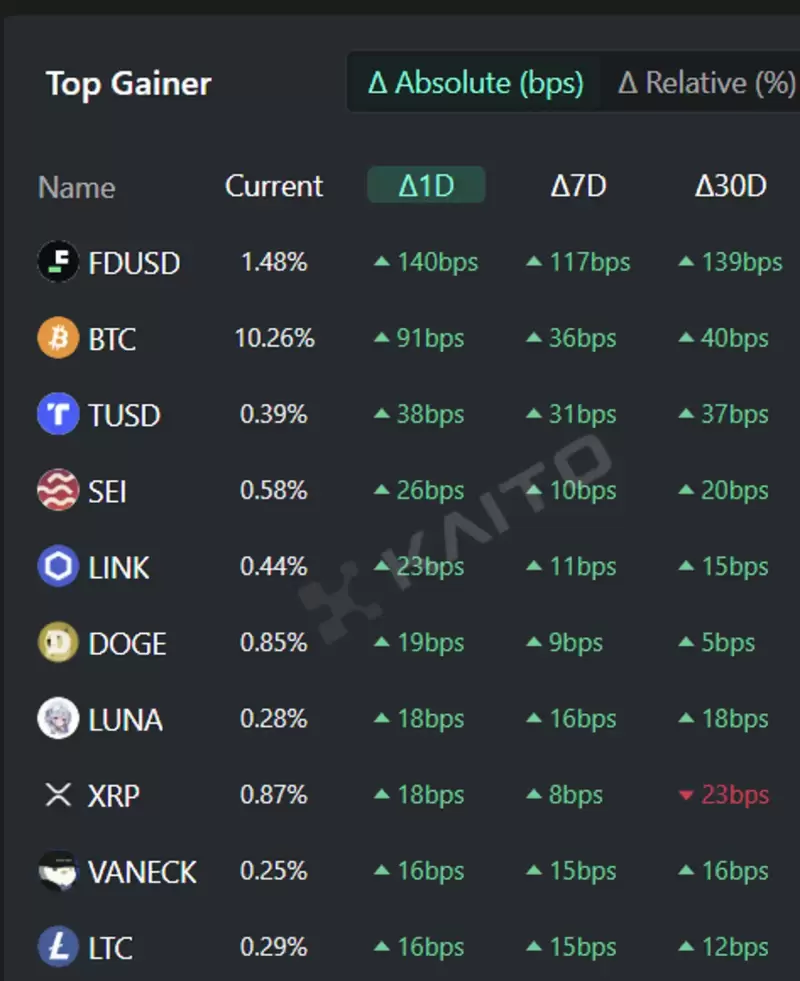 |
|
 |
|
 |
|
 |
|
 |
|
 |
|
 |
|
 |
|
 |
|
 |
|
 |
|
 |
|
 |
|
 |
|
 |
|
Cryptocurrency News Articles
India Anticipates Above-Normal Monsoon, Balancing Hopes and Concerns
Apr 19, 2024 at 12:21 am
The India Meteorological Department (IMD) has forecast the June-September south-west monsoon to be above normal, at 106% of the long period average. This raises hopes for a revival in farm sector growth and improvements in farm income and rural wage growth. However, the increased likelihood of extreme rainfall days due to global warming poses risks of floods and infrastructure damage, leading states and the central government to remain alert and prepared. The IMD will provide an update to its forecast in May, giving a clearer picture of rainfall distribution. El Nino conditions are likely to weaken, while La Nina conditions are expected to develop during the second half of the monsoon, influencing rainfall patterns. Although the forecast predicts above-normal rains over most of India, well-distributed rainfall, rather than extreme downpours, is crucial for keeping food prices in check.

India Braces for Above-Normal Monsoon, Balancing Hopes and Concerns
The India Meteorological Department (IMD) has issued a hopeful forecast for the June-September southwest monsoon, predicting rainfall at 106% of the long-period average. This projection has sparked optimism for a resurgence in agricultural growth, which has faced challenges due to uneven rainfall patterns in recent years.
Positive Implications for Agriculture
The monsoon is vital for India's rain-fed Kharif crop season, which accounts for half of the country's agricultural output. A favorable monsoon season can lead to increased farm productivity, boosted income for farmers, and higher rural wage growth. This in turn stimulates consumption of essential goods like soaps and hair oils, revitalizing the economy.
Potential Risks and Mitigation
While the IMD's forecast offers hope, it also highlights potential risks associated with the monsoon. Extreme rainfall events have become more prevalent in recent years due to the impact of global warming. The IMD has assigned a 30% probability of "excess" rainfall, exceeding 110% of the long-period average (LPA), and a 61% probability of above-normal rainfall, exceeding 104% of the LPA.
These extreme rainfall events pose significant challenges, including flooding, loss of life, damage to infrastructure, and crop devastation. State and central governments have been urged to remain vigilant and prepare for emergency response measures to mitigate these risks.
IMD Forecast Updates
The IMD will issue an updated forecast in late May, just before the monsoon makes landfall in Kerala. This updated forecast will provide a more precise outlook on regional distribution of rainfall and an assessment of the potential impact on different agricultural zones.
El Niño, La Niña, and Indian Ocean Dipole
The IMD attributes the above-normal rainfall forecast to a combination of factors, primarily the weakening of El Niño conditions and the likelihood of developing La Niña conditions during the second half of the monsoon season. El Niño, characterized by warmer sea surface temperatures in the Pacific, tends to suppress rainfall, while La Niña is associated with increased precipitation. Additionally, a positive Indian Ocean Dipole, which cools the water more than normal, is expected to contribute to enhanced rainfall.
Impact on Food Prices
Fluctuating rainfall patterns can have a significant impact on food prices. In March, retail food inflation was 8.5%, driven by higher prices for cereals, vegetables, and pulses. Uneven rainfall during the 2024 monsoon season could disrupt production of these commodities, leading to further price increases and straining household budgets.
However, the IMD's forecast anticipates above-normal rainfall in most parts of India, excluding portions of the North-west, East, and North-east regions. Adequate and well-distributed rainfall, rather than extreme downpours, will be crucial for maintaining stability in food prices.
Conclusion
While the IMD's monsoon forecast brings a glimmer of hope for agricultural growth, it also underscores the importance of preparedness and vigilance. The potential for extreme rainfall events poses significant challenges that require proactive measures from both governments and the public. By mitigating these risks and ensuring an equitable distribution of rainfall, India can harness the power of the monsoon to drive economic prosperity and ensure food security for its population.
Disclaimer:info@kdj.com
The information provided is not trading advice. kdj.com does not assume any responsibility for any investments made based on the information provided in this article. Cryptocurrencies are highly volatile and it is highly recommended that you invest with caution after thorough research!
If you believe that the content used on this website infringes your copyright, please contact us immediately (info@kdj.com) and we will delete it promptly.
-

- FDUSD, BTC, TUSD, SEI, and LINK are the top 5 virtual asset-related keywords attracting the most interest
- Apr 03, 2025 at 03:45 pm
- According to the Token Mindshare (a metric quantifying the influence of specific tokens in the virtual asset market) top gainers from the AI-based Web3 search platform Kaito
-

-

-

-

-

- Meme Cryptocurrency Dogecoin DOGE/USD Falls After President Donald Trump's Tariff Shock, Extending Weekly Losses to Over 16%
- Apr 03, 2025 at 03:35 pm
- Popular dog-themed cryptocurrency Dogecoin DOGE/USD fell Wednesday after President Donald Trump's tariff shock, extending its weekly losses to over 16%.
-

-

-





























































